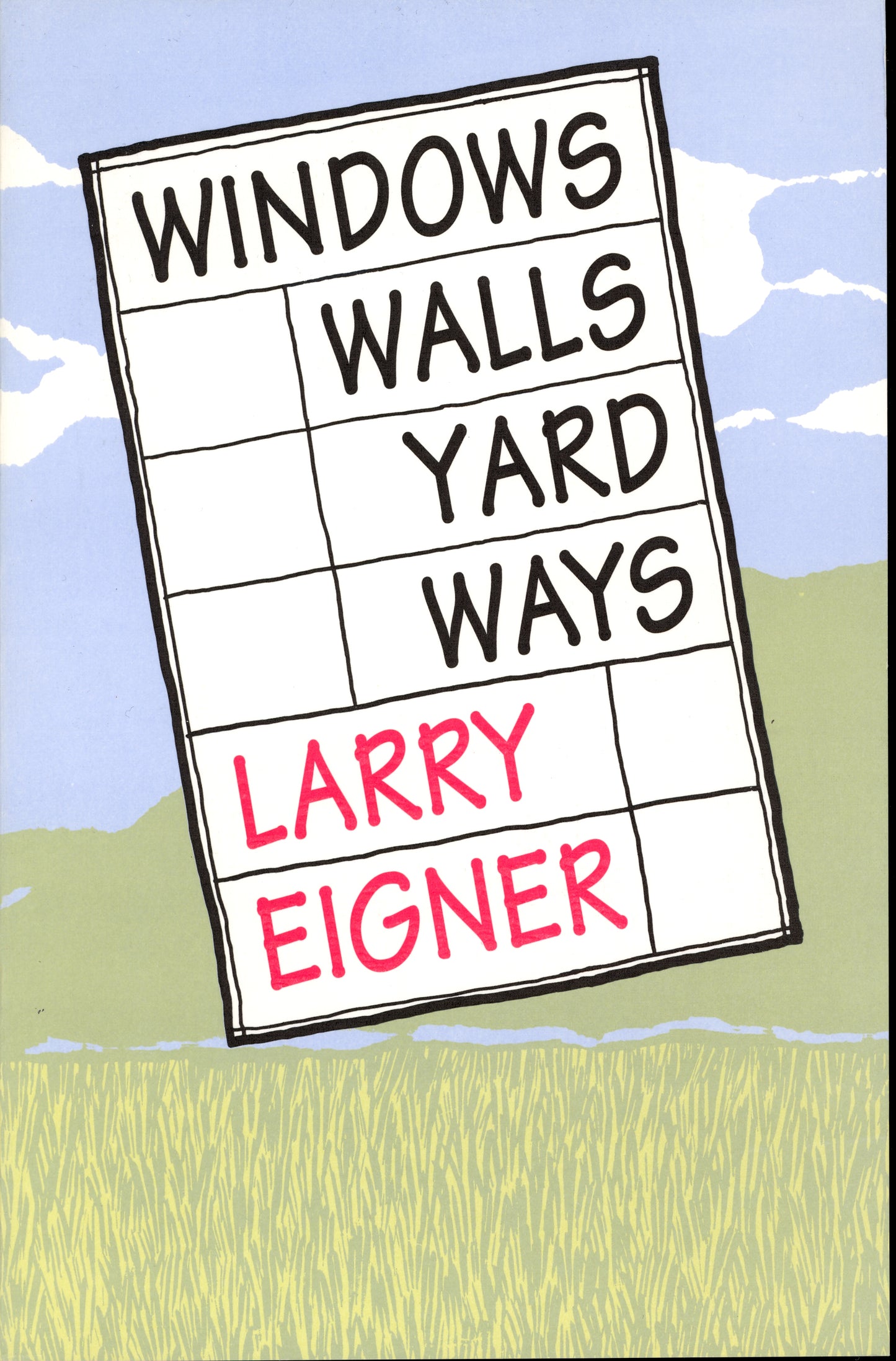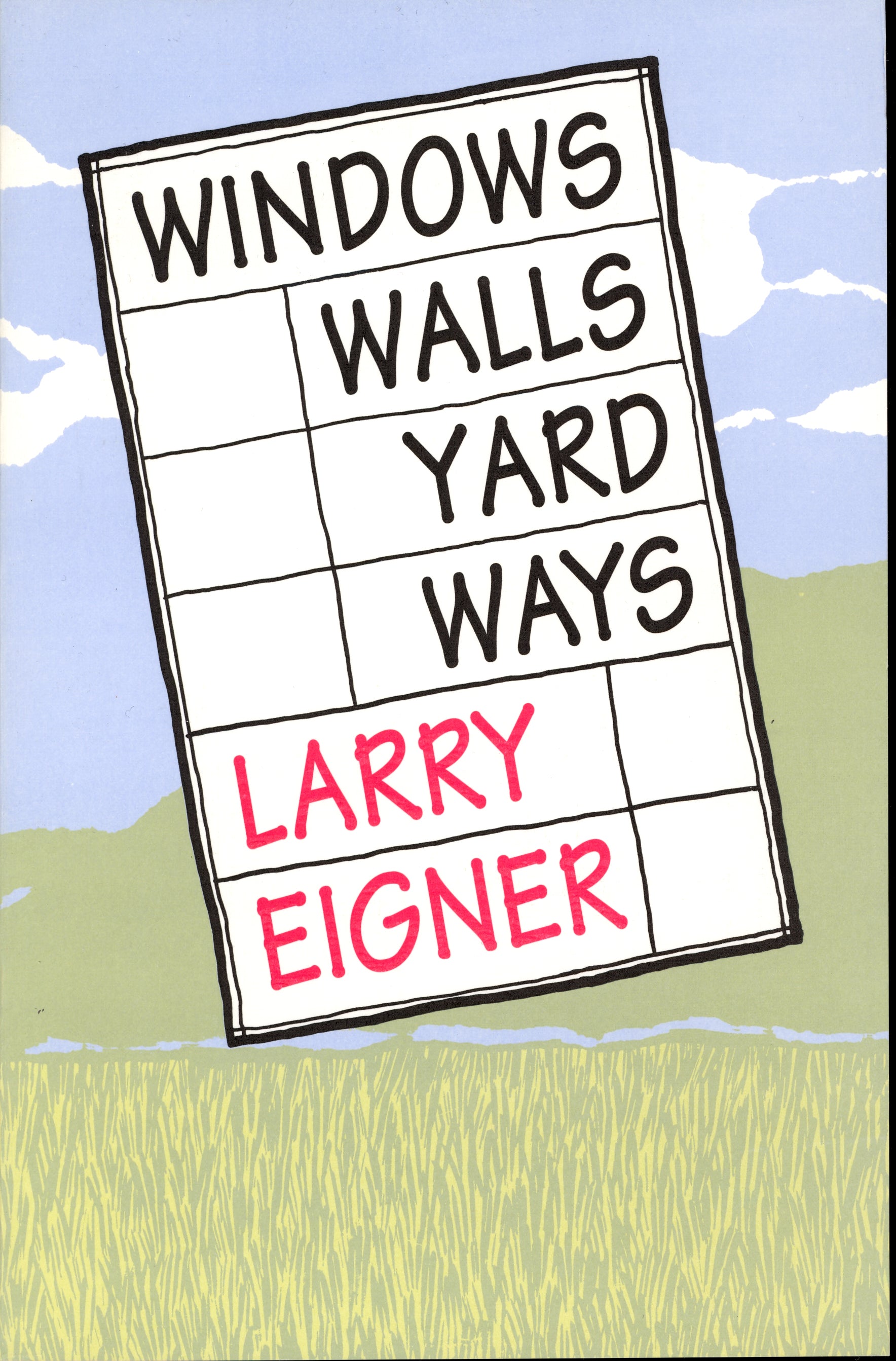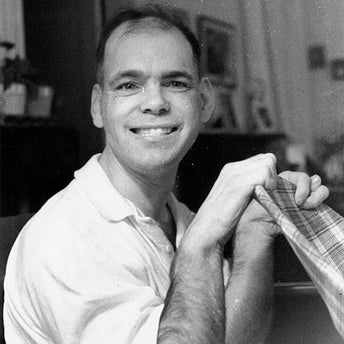
Larry Eigner is a poet whose spare, dense and impassioned poetry carries on the the tradition of William Carlos Williams.
This particular book of his poetry, Windows/Walls/Yard/Ways collects 322 poems written between 1959 and 1922. The author almost exclusively chose the selections, and the arrangement is largely chronological. About 88 of these poems were written while the author resided in Massachusetts between 1959 and 1978, and the majority of them were written between 1979 and 1992, following the author's move to California. In a note on the text, the collection is categorized as 'eastern' poetry, possibly regarding Massachusetts, the author's long-time home.
"There is no writing I know as vivid as Larry Eigner's. He's invented, for poetry, something equivalent to three-dimensional photography: his works present a series of perceptions etched deep into the mind, where the mind is charted on a page and the page becomes a model of the thinking field. Perception and thought (words and things) are completely intertwined in Eigner's work, which brings to a visionary crescendo the exploration of the ordinary -- the transient flickerings of the everyday that otherwise pass more unnoticed than regarded, more dismissed than revered. In Eigner's poems, one "fragment" is riveted to the next, so that one becomes, in reading this work, likewise riveted by the uncanny democracy of details, where attention is focused unhesitatingly on each particular with equal weight, equal exhilaration. This is a poetics of "noticing things," where, as Eigner writes, "nothing is too dull" with "material (things, words) more and more dense around you." But equally, Eigner's is a poetics of coincidence, where "serendipity" (contingency) takes its rightful place as animating spirit, displacing the anthropocentric sentimentality of much of the verse of our time."

